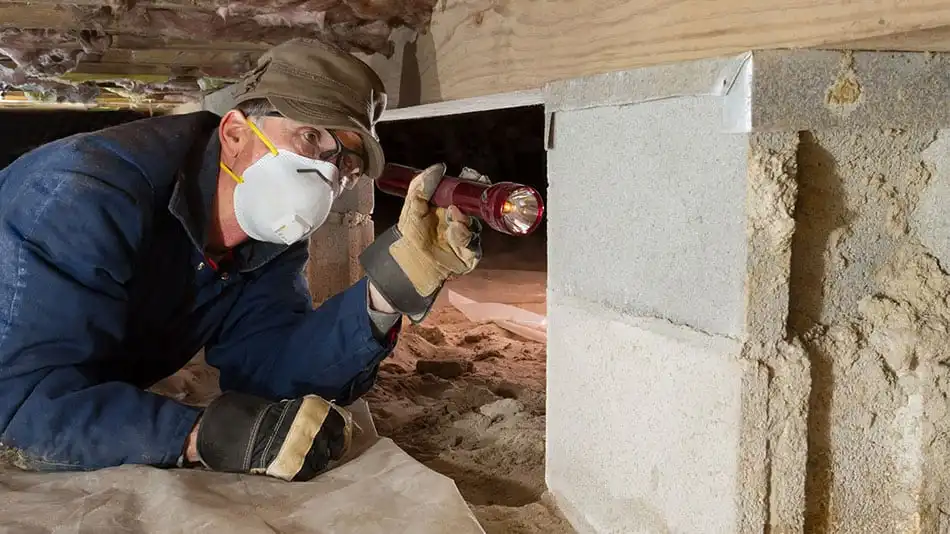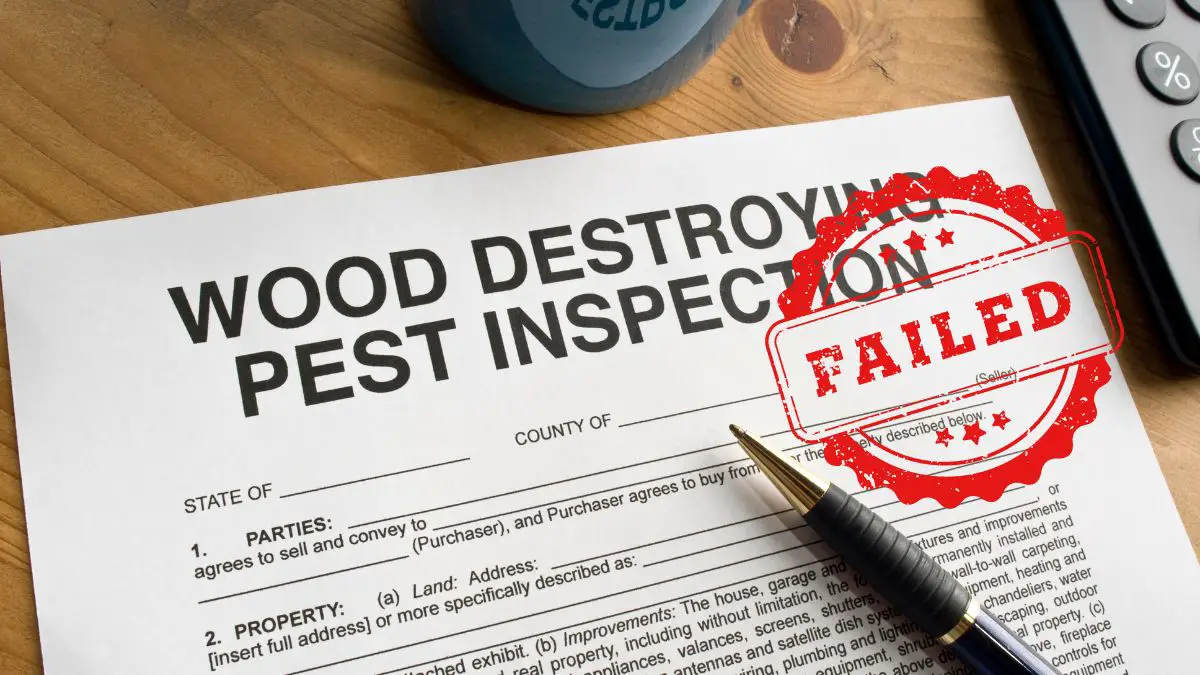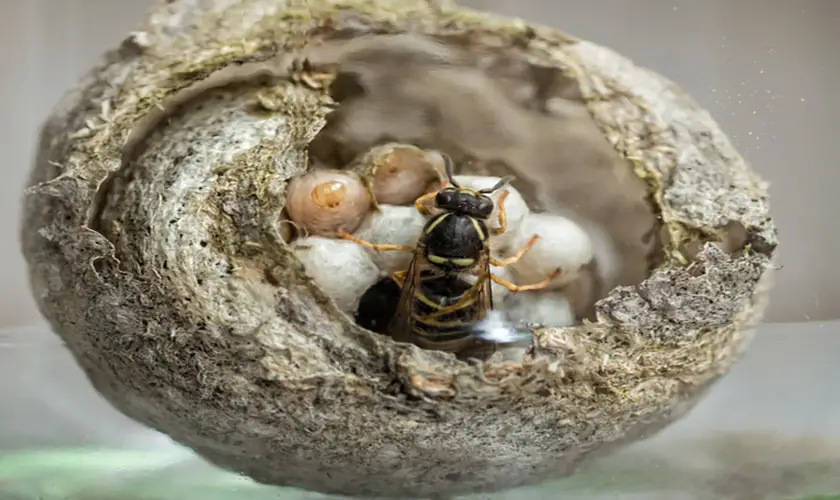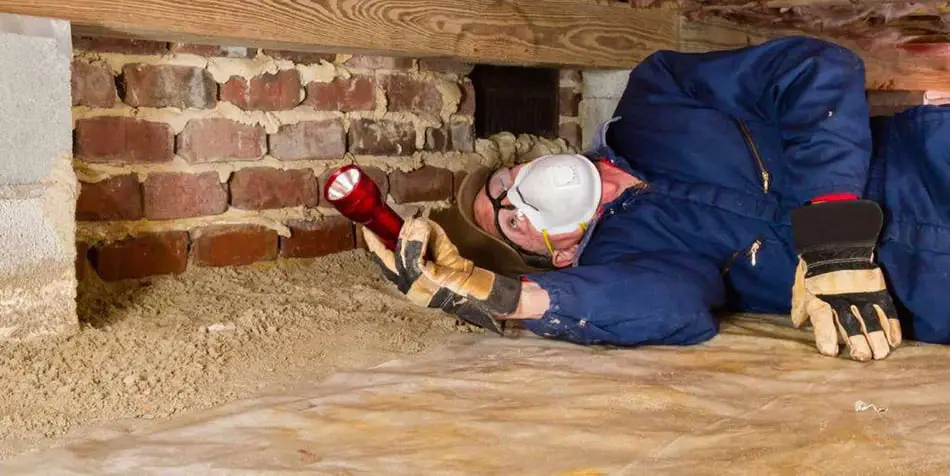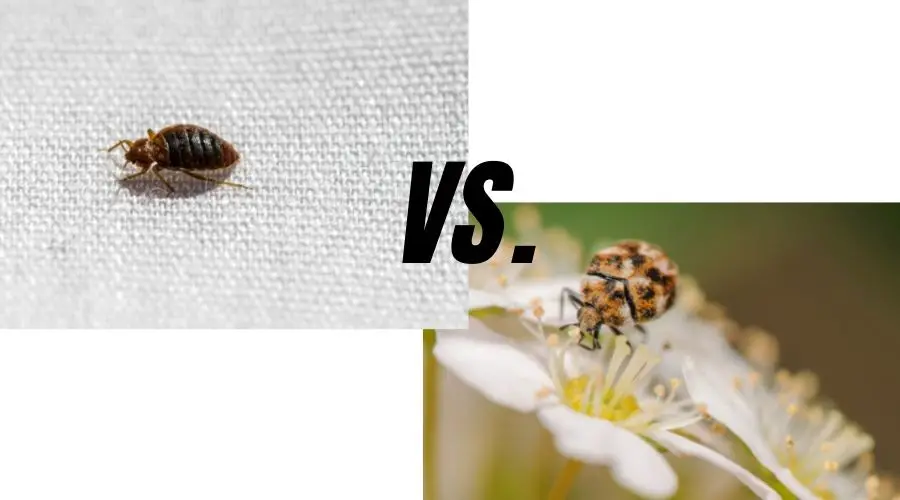
You may be lunging around your house watching a game on the TV when you see a small bug crawl on your arm or across the floor. When you go to investigate, you have no idea what it is. If it is a small beetle, you may be in the unfortunate circumstance of having a bed bug or a carpet beetle infestation. But what are the differences, and how do you tell which one you have?
Both are terrible pest infestations to have, without a doubt. However, they are easy to tell apart. Bed bugs are small flat beetle-like insects that are a deep brown that feeds on dead skin and blood. While carpet beetles are small but are not flat, have a hard exoskeleton, look more beetle-like than bed bugs, and come in a few different colors.
While carpet beetle larvae look like adult bed bugs in a small way, they are relatively easy to tell apart if you look up pictures of these two insects.
Get FREE quotes from licensed pest control technicians in your area today. Whether you need spraying for ants, roaches, spiders, ticks, mosquitos, or bed bugs, We Can Help! All technicians are screened, licensed, and insured.
In this article, we will continue to discuss the primary differences between these types of insects, where they tend to live within your home, and the best way to exterminate these pests.
What Is A Bed Bug?
Bed bugs are presumably named for their habit of hiding in beds and chewing on humans as they sleep. Bed bugs will only live and thrive if they eat blood daily. Bed bugs can threaten certain warm-blooded species, including chickens, other birds, and humans.
Bed bugs have been associated with humans for over 3,300 years. They can be present in almost every area where people congregate, including homes, hotels, colleges, workplaces, convenience shops, and public transportation.
These small, pesky creatures make excellent “hitchhikers,” allowing them to travel great distances. They latch onto suitcases, clothing, and linens and will end up wherever these things go. This is why bed bugs are so quickly spread. Furthermore, bed bug bites are often difficult to distinguish and are easily mistaken for bites from other pests, making infestations challenging to spot and causing populations to rise undetected.
Overall, they are a nuisance, to begin with and must be taken care of immediately.
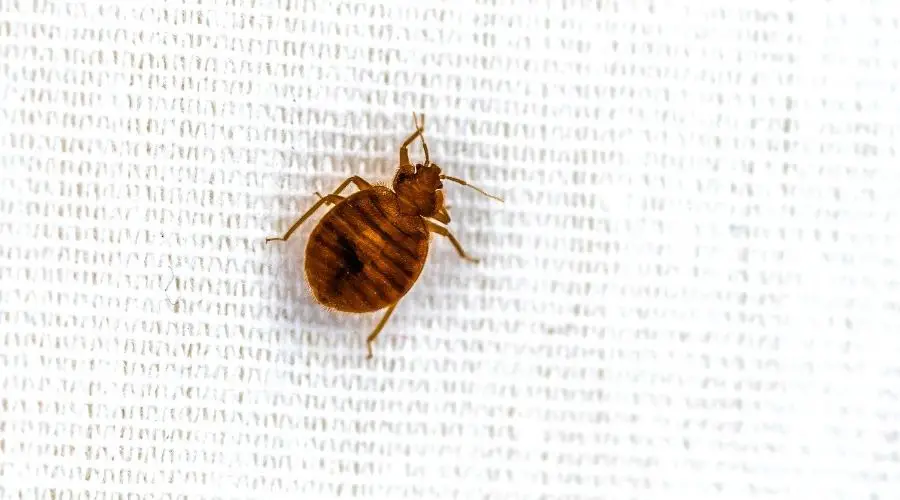
What Bed Bugs Look Like
Bed bugs are oval-shaped and grow around 3/16th of an inch long. They are brown and smooth before eating. Bed bugs also become more red, bloated, and elongated after eating. These insects have six legs as well as two antennae. Despite their diminished “wing pads,” bed bugs lack wings and cannot fly.
Adult bed bugs are apparent to the naked eye and can be observed visually, especially in mattress seams and box springs. Bed bug nymphs are more difficult to distinguish because they are smaller and paler in color.
The Main Issues When It Comes To Bed Bugs
While bed bugs can eat a variety of warm-blooded species, they prefer humans. Since their bites are almost painless, people hardly remember or wake up after being bitten. While bed bugs do not spread disease, their bites can cause red, itchy welts. These bites do not need immediate care, and people suffering from extreme itching usually obtain relief with topical steroid creams.
The fact that bed bugs reproduce so quickly is perhaps their most concerning aspect. Females lay 1-5 eggs daily, with a lifetime total of 541 eggs laid. These nymphs mature into adult bed bugs in around 21 days. Bed bugs will quickly infest an entire household or building if a population goes undetected. An infestation can be exceedingly difficult to eradicate after it has been identified.
Bed bugs are very good at being stealthy. Sometimes, it can take quite a long time before you even notice you have a bed bug infestation in your home. They can hide and take residence in many other places besides your bed or bed frame.
These bugs like to live in tight, warm spaces, such as the seams on your mattress and the corners where your bed and bed frame meet. They also like wood very much. In any spot with tight crevices and made of fabric or wood, you can expect to find bed bugs if you have an infestation.
How To Exterminate Bed Bugs
Bed bugs are notoriously difficult to exterminate completely. Approximately 76% of pest control professionals say bed bugs are easily the most problematic pest to alleviate at home.
The equipment needed to successfully exterminate bed bugs from your home entirely along with the process is costly, costing around $2,000 to $4,000 depending on the size of the house. Along with this, it can take a long time to get rid of the infestation completely.
Because it will take a lot of time to get rid of bed bugs, many people try to handle the issue themselves. However, this is a very costly and time-consuming process that is not guaranteed to take care of the issue.
If you notice a bed bug in your home, call a pest control professional to come out and examine your home to see if you genuinely have a bed bug infestation. You may be fortunate enough to be one of the lucky ones to only have just one bed bug.
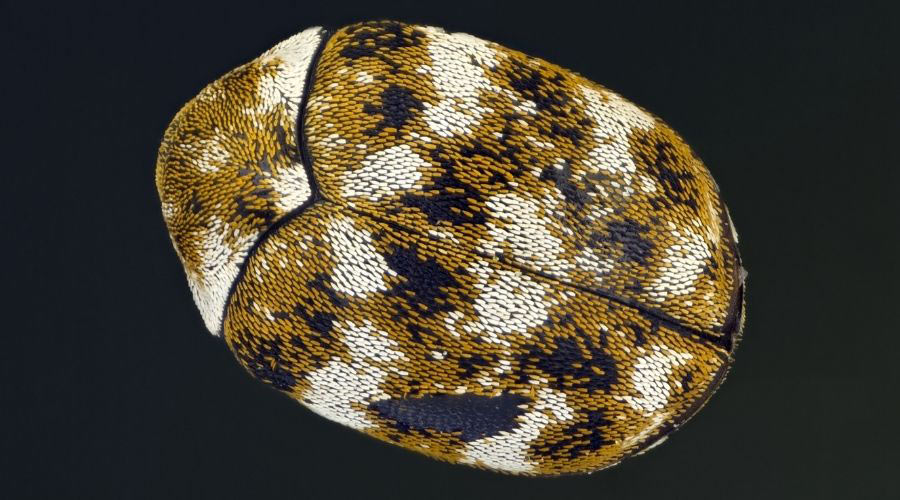
What Is A Carpet Beetle?
The term “carpet beetle” presumably tells you everything you need to know about these pests. These beetles are notorious for infesting anything you can walk around barefoot on. Worse still, they are not all infesting the carpet. They eat it, lay eggs, and even permanently damage it.
Like most homeowners, you have no idea what a carpet beetle is until you notice one. You are now a little anxious to avoid seeing one again. We will assist you with this. Anything you ever wanted or needed to hear about carpet beetles will be here.
Carpet beetles lay their eggs in fibrous materials like carpeting so their larvae can feast on them. There are many carpet beetle varieties, but they are all oval-shaped and about 18 of an inch long. The color of carpet beetles varies according to species and maturity. In the United States, the three most widespread carpet beetle species are:
- The Black Carpet Beetle feeds on fabric and stored items such as wheat. Black carpet beetles are bullet-shaped beetles with brownish or black legs and antennae. Their larvae can grow to be 1/2 inch in length, carrot-shaped, and covered in golden-brown fur.
- The Varied Carpet Beetle consumes dead insects, a wide range of fabric, and other fibrous material. Varied carpet beetles are 2 to 3 mm long as adults. The beetle’s elytra (wing covers) and back are outlined with white, brown, and yellow spots, giving it a spotty appearance. Carpet beetle larvae range in size from 4 to 5 mm and are coated in bristly tufts of hair.
- The Common Carpet Beetle consumes substances from animal byproducts. Adults range in size from 2 to 4 mm. Their elytra and thoraxes are covered in decorated black and white scales. They also have distinct bright red and orange scales extending down the thorax’s middle line between the elytra. Larvae are 2 to 5 mm long, reddish-brown in color, and coated in tiny bristle hairs.
How Can You Tell If You Have Carpet Beetles?
Carpet beetles like to live in quiet, secluded areas of your house. They are often mistaken for bed bugs since they can infest beds and eat dead skin cells left on the covers.
Carpet beetles, on the other hand, would not bite you. If you are allergic to carpet beetle larvae, the bushy hairs on their bodies can irritate your skin. If you are allergic to carpet beetles, coming into contact with them can cause a rash or bite-like marks on your skin.
Carpet beetles can, of course, bite into the fabrics in your house. You can see harm on bed sheets, linens, clothing, drapes, and carpet. Carpet beetles, unlike moths, typically feed on only one section of cloth at a time.
Their feeding punctures the material in broad, isolated areas. For them to keep developing, beetle larvae will need to shed their skin while they feed. The skin of a shed carpet beetle is transparent, dusty, and flaky. Carpet beetles will lose their skin in the areas where they eat.
How Do You Prevent A Carpet Beetle Infestation?
Carpet beetles are drawn to food that is loose and readily eaten. While they chew through whole pieces of cloth, they are most likely to pick out scratched or broken ones. They are particularly fond of lint, mud, hairballs, broken furniture, and dead insects.
The most effective way to deter carpet beetles is to clean up the clutter that attracts them. Make sure to vacuum, scrub, and dust regularly, particularly when carpet beetle infestations, such as your attic, seem possible.
Carpet beetle infestations last the longest, while larvae have a steady food supply. This consistent source is usually an ancient, broken, or filthy rug or another piece of cloth.
Stored clothes, old rugs, carpeting, and dirty sheets are prime infestation targets. Go through your storage space, searching for old materials that might be a breeding ground for carpet beetles. Daily thoroughly clean and wash all of the materials in your household.
When not in use, store the fabric in an airtight container to make it more difficult for beetles to enter. You spend the next few days running around to avoid stumbling on these beetles to get around your living room after encountering a carpet beetle.
Carpet beetles are much more disturbing than they should be. If you ever need assistance cleaning up a carpet beetle infestation, contact your nearest pest control or exterminator, who will gladly come out and take care of your problem for a modest price.
Final Thoughts
Both bed bugs and carpet beetles are annoying pests, and no homeowner or family should ever have to deal with them. Hopefully, this article has given you the insight needed to identify exactly which pest you are dealing with.
These insects are very hard to get rid of entirely without professional help, so if you encounter either of these pests, contact your local exterminator to come out and investigate your home and give you a quote.
Get FREE quotes from licensed pest control technicians in your area today. Whether you need spraying for ants, roaches, spiders, ticks, mosquitos, or bed bugs, We Can Help! All technicians are screened, licensed, and insured.


